Bucking Convention to Track the Upside of Invasive Species
A little over a decade ago, Jason Gleditsch was removing Asian honeysuckle when he noticed the birds. Robins and gray catbirds flocked around the thickets in autumn, attracted by the fat, ripe fruits. Originally introduced as ornamental plants in the early 20th century, Asian honeysuckle rapidly spread across the Eastern Seaboard of the United States, growing in dense stands that can shade out native plants. Conservationists often destroy these clumps. But Gleditsch, then an undergrad at Pennsylvania State University, noted something interesting: Native bird species seemed more drawn to the honeysuckle patches.
Intrigued, Gleditsch conducted a set of experiments — removing honeysuckle in some places, placing potted native plants in others, and counting birds. Not only did many native bird species adore honeysuckle, he wrote in a 2010 paper, they also consumed the fruits of native plants placed near the thickets at a noticeably higher rate, potentially helping increase the spread of their seeds.
The response was immediate. While some biologists were interested by the findings, Gleditsch said, others dismissed them as unimportant. And angry emails and handwritten letters arrived calling him a hack. “It was kind of difficult, to be honest,” Gleditsch told Undark in a recent interview. “And it showed how emotionally charged this topic can be.”
Over the last century, biologists have warned of the dire consequences of introducing alien organisms into new ecosystems; a whole field of study, called invasion science, has extensively cataloged the resulting damage. When some researchers, like Gleditsch, have suggested that certain alien species may help ecosystems, they’ve been met with fierce debate from invasion scientists who worry that such studies are a distraction from real damage. Researchers on the other side of the debate, however, argue that the relentless focus on the damage risks missing equally important data, and could lead to management decisions that do more harm than good.
In August, an international group of experts in invasion biology weighed in, suggesting in the journal PLOS Biology a new framework for classifying the positive impacts of alien species. It’s an attempt some researchers feel marks a shift in the field toward a more holistic approach — and one that many agree could have serious implications for how invasive species are studied and managed.
The field of invasion science arose in the late 1950s, a time of growing awareness that ecosystems across the world were under serious threat. Introduced species were a kind of natural experiment, said Daniel Simberloff, a prominent invasion biologist now at the University of Tennessee, and the results didn’t look good. Insects like the emerald ash borer and fungi like chestnut blight have devastated American forests. Mesquite took over South African rangeland. Rabbits and cats chewed up flora and fauna in the Australian bush, while feral hogs rooted through farmer’s fields throughout the American South.
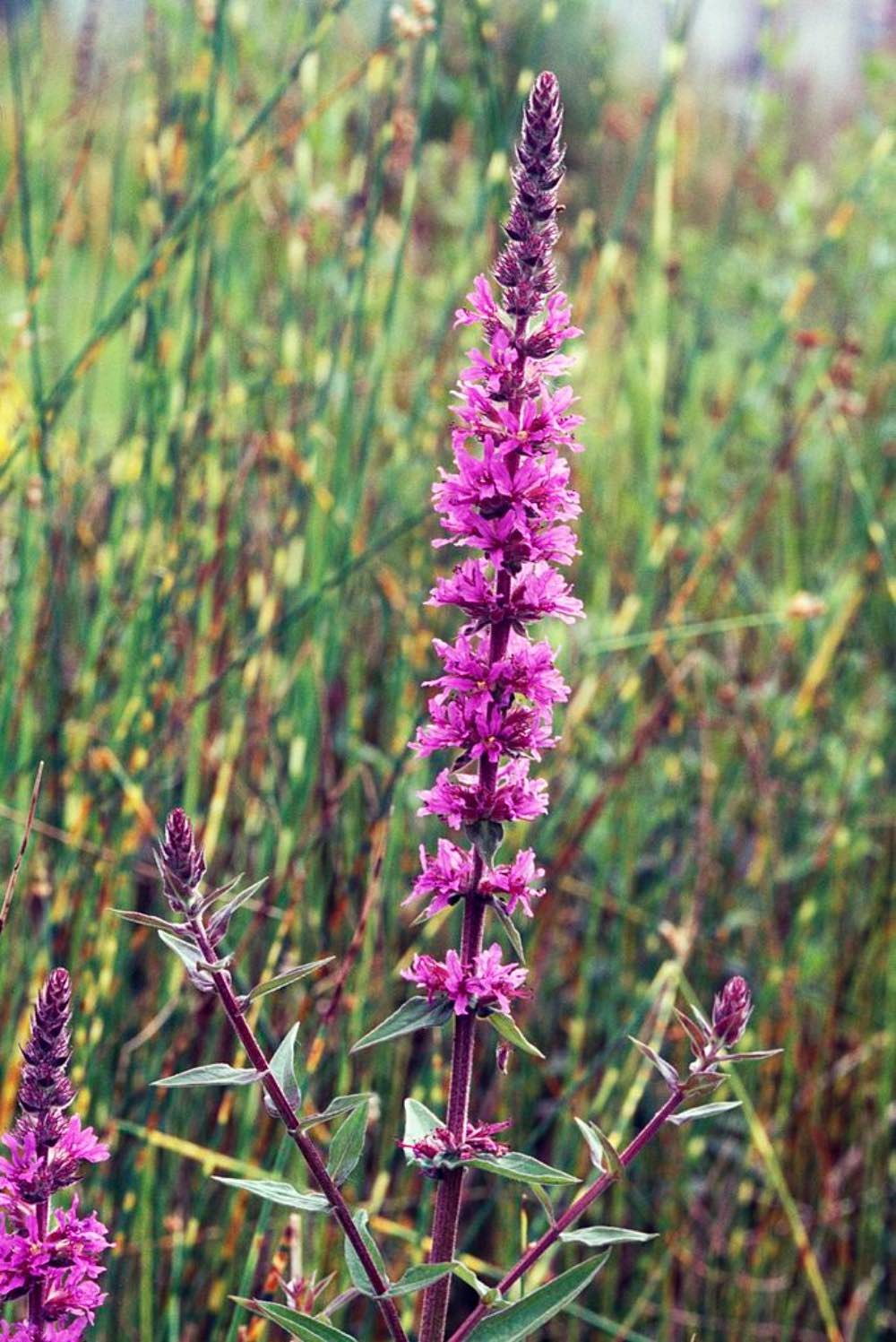
Invasive purple loosestrife boosted a native plant species in Ontario wetlands, one study showed.
Visual: DeAgostini / Getty Images
Conservationists have tried to tamp down these flare-ups with targeted campaigns of suppression and extermination. But these strategies can be expensive, Simberloff said, and global trade continually brings organisms into new landscapes. In 2014, the need for a simple, usable framework to measure harm caused by non-native organisms — and thus help with their control — led to the Environmental Impact Classification for Alien Taxa, or EICAT, a standardized global tool for assessing the species’ negative effects.
But while the damage done by some invasives was clear, the notion that they were always an inherent threat to native ecosystems troubled some researchers, said Jens-Christian Svenning, a researcher with the Center for Biodiversity Dynamics in a Changing World at Denmark’s Aarhus University. A few critics of the field saw a heavy, unthinking bias toward nativism and, perhaps, xenophobia. Others pointed out that ecosystems might be more receptive to some alien species than the field assumed, Svenning said, noting potential biases in how scientists measured damage, and asked whether the benefits alien species might offer were going unstudied.
Some of these criticisms provoked furious responses. The nativism question in particular rankled: In a fiery 2003 paper, Simberloff accused those raising such criticism of ignoring damage done by invasives and declared nativism allegations “unconvincing if not tortuous.” A 2016 paper raised hackles by declaring much of the criticism a form of science denial.
Still, the possibility that positive impacts were being overlooked wasn’t so easily ignored, and a growing movement of researchers began asking for a framework that could help measure them, said Giovanni Vimercati, an invasion biologist at the University of Fribourg, Switzerland and lead author on the recent PLOS Biology paper. Vimercati worked with a team of prominent invasion biologists — including several who’d helped write the EICAT — to create the EICAT+ in order to collate these sorts of findings. The team gathered papers on over 100 alien organisms with reported positive impacts: giant tortoises that had helped native trees on the Mascarene islands, east of Madagascar, vegetation like exotic lovegrass and saltcedar that helped birds thrive in Arizona, and alien trees in Puerto Rico that helped repair soil structure and provide vital cover for native animals.
Vimercati and his colleagues scored the papers based the replicability of the data and the intensity of the aliens’ effects on native populations, through mechanisms such as providing food, shelter, or helping species disperse. “We’re measuring the impacts on native species,” Vimercati said, “which is allowing us to compare species that aren’t closely related to each other.”
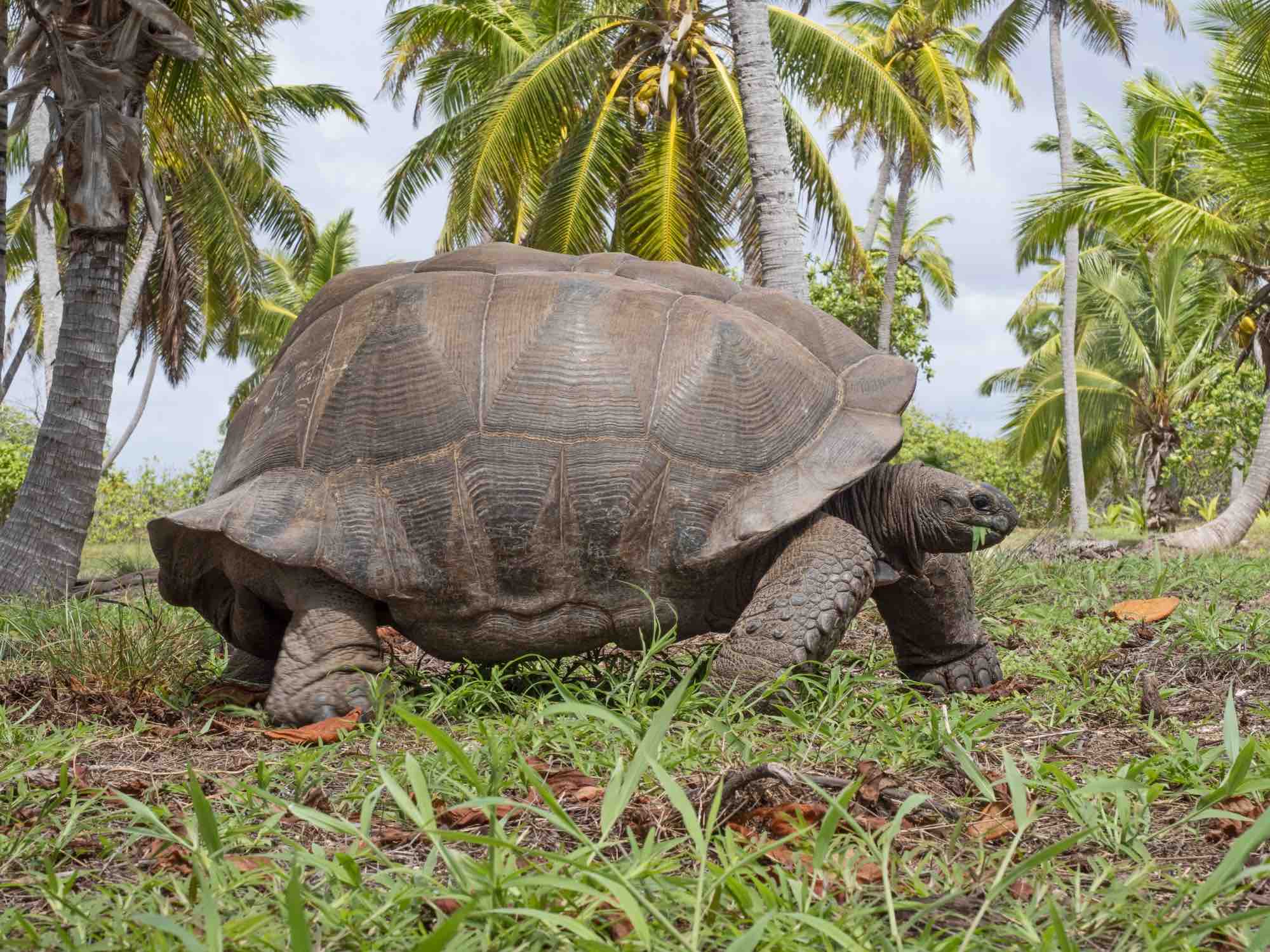
Minor changes to a new ecosystem — an alien plant attracting pollinators to nearby native plants, for example — might help individuals from a native species without boosting their population numbers. A moderate change, such as Pennsylvanian birds thriving on Asian honeysuckle fruit, helps grow a native species population. The much rarer major and massive changes occurred when aliens led to native species expanding their territory or being saved from extinction — for example, when introduced ladybugs helped to devour pests afflicting native trees on the island of St. Helena.
One issue the study has run into, Vimercati acknowledged, is a severe lack of data. In general, most introduced species haven’t been subjected to close scrutiny. (There are only so many grad students willing to devote a decade to studying an animal that may or may not be a problem, and small things — from insects to microbes — often get short shrift.) And of the papers that do exist, some suggest benefits of invasive species without providing much supporting evidence.
But there’s also a bit of unconscious bias at play, Vimercati said. For decades, invasion biologists have focused their attention on negative impacts, and as a result, accumulated a lot of data pointing in that direction. Now, he added, “we’re reaching a moment where we’re considering positive impacts that in the past were simply overlooked.”
For some researchers, the idea that invasion science is shifting at all is overblown. The field has long acknowledged the potential for positive impacts, said Simberloff. To name one example: In 2010, the United States Department of Agriculture called for a halt on eradication efforts of the invasive saltcedar, a deciduous shrub found throughout the southwest. While the saltcedar may reshape desert streams, it also serves as habitat for the endangered willow flycatcher. “Usually we’re trying to deal with the negative impact, but I can’t think of a case where we didn’t bear in mind that there may be other factors, especially for species that are long established,” Simberloff said. EICAT+ simply represents a formalization of that process.
Indeed, thinking about efforts like the EICAT+ as part of a major shift could be misleading, said Laura Meyerson, an ecologist at the University of Rhode Island and co-editor-in-chief of the journal Biological Invasions.
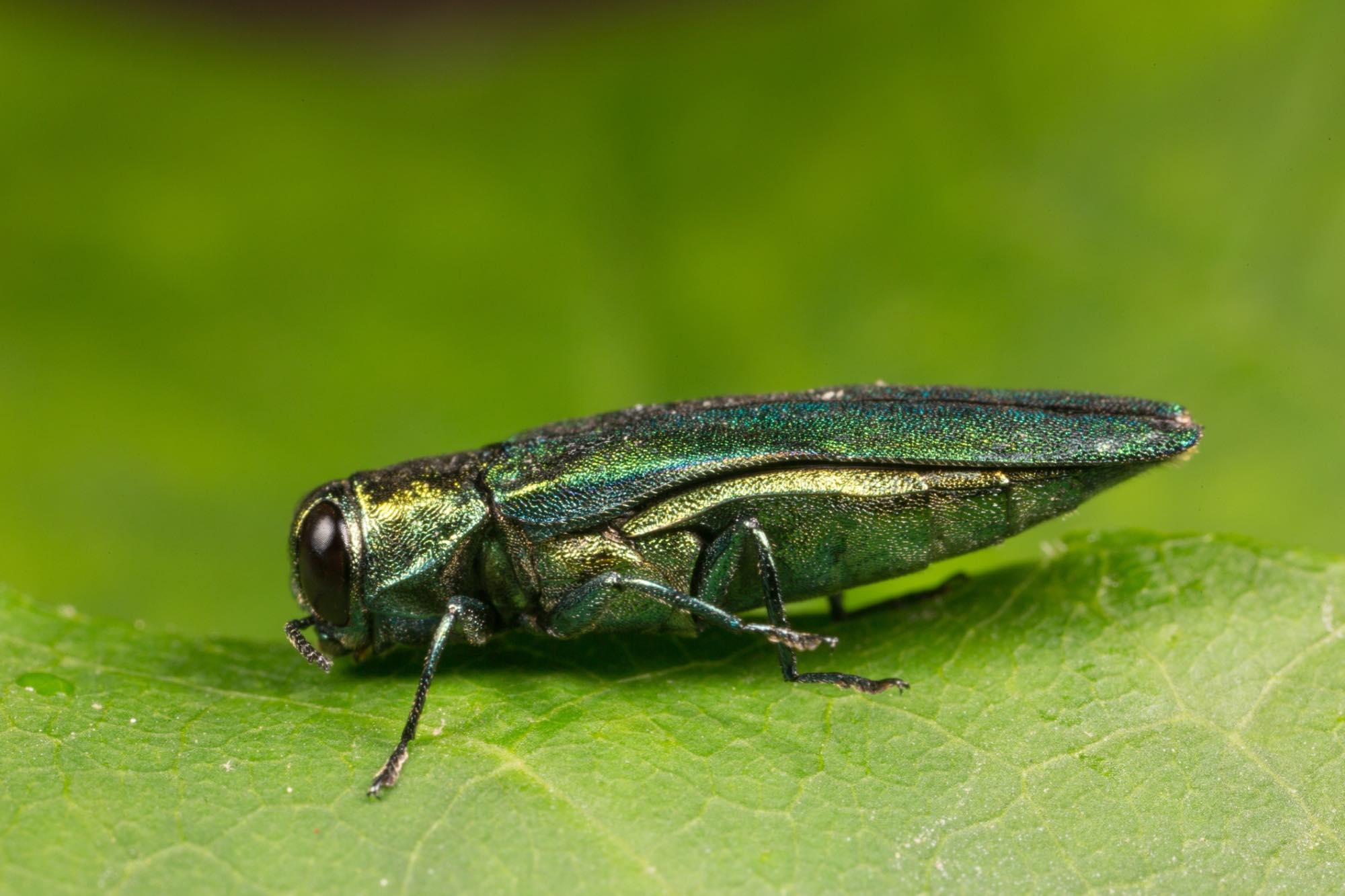
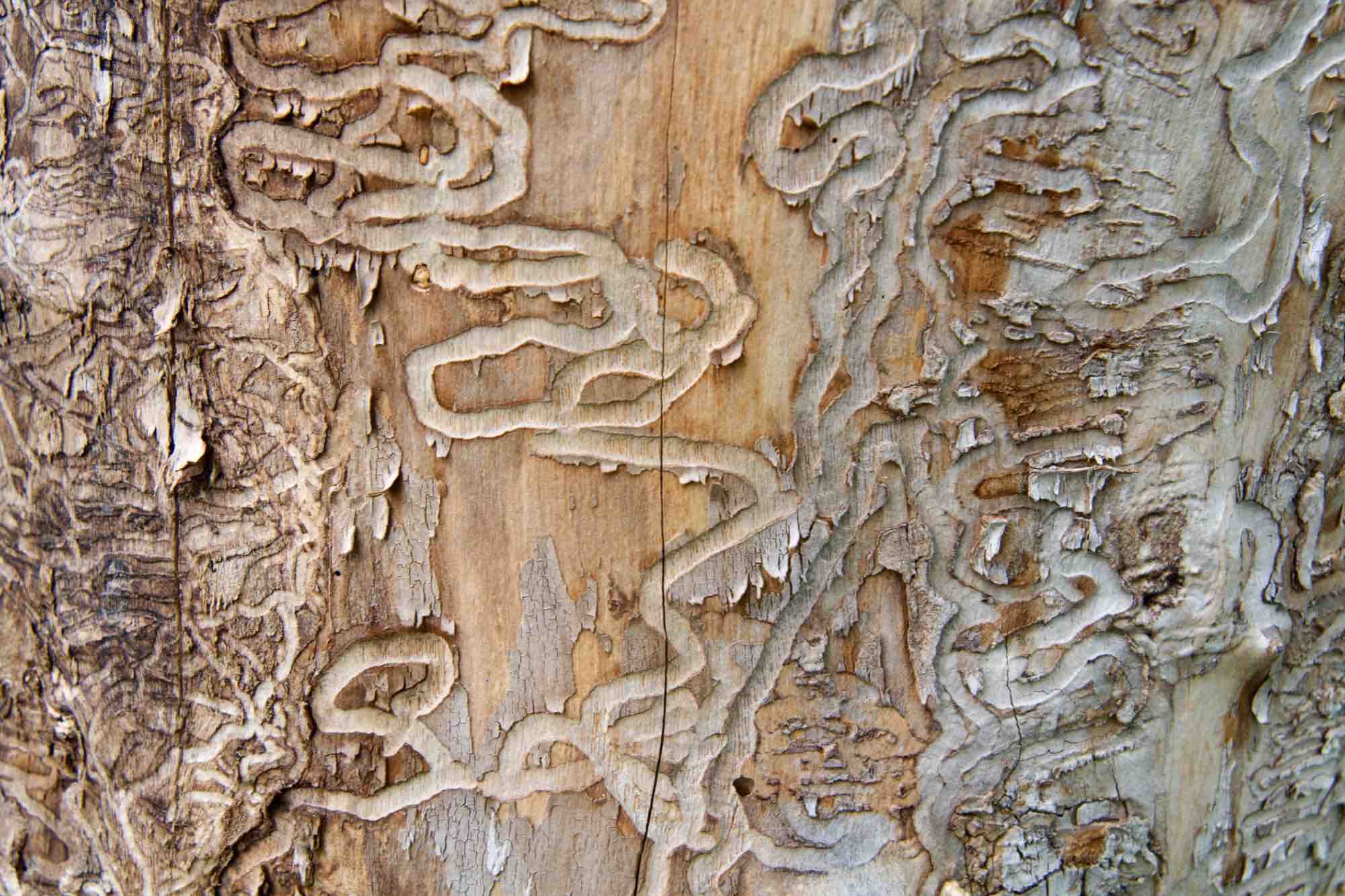
“It suggests that, ‘Oh, we’ve been doing it all wrong, we’ve been thinking about it all wrong all this time. You see, invasive species are really good,’” she said. “There’s a camp that’s been beating that drum for quite a long time, and there are many of us in the field that find that problematic. I think that in terms of language, we have to be very careful about how we describe EICAT+.”
Other researchers, however, pointed out a noticeable change over the past few years in the tenor of both arguments and research questions. Several noted that the 26 authors of the EICAT+ are prominent, well-respected invasion scientists, many of whom who participated in shaping the EICAT. People are “less conservative,” said Ross Shackleton, a biologist with the Swiss Federal Institute for Forest, Snow, and Landscape Research. Previously species have been labeled as harmful simply because they weren’t native, he said, whereas today there’s increasing acceptance that some species are worse than others.
In May 2022, a survey of 698 invasion scientists and practitioners published by Shackleton and colleagues — including Vimercati — suggested that the field is still split by active and contentious debate. But notably, the survey found broad agreement that alien species should be regulated as innocent until proven guilty (76 percent agree) and that the field desperately needs more consistency and clarity on definitions for terms like “invasive” (81 percent agree). And more than half of respondents supported the idea that invasiveness should be defined by impact, not just by spread, and that they may have biological benefits.
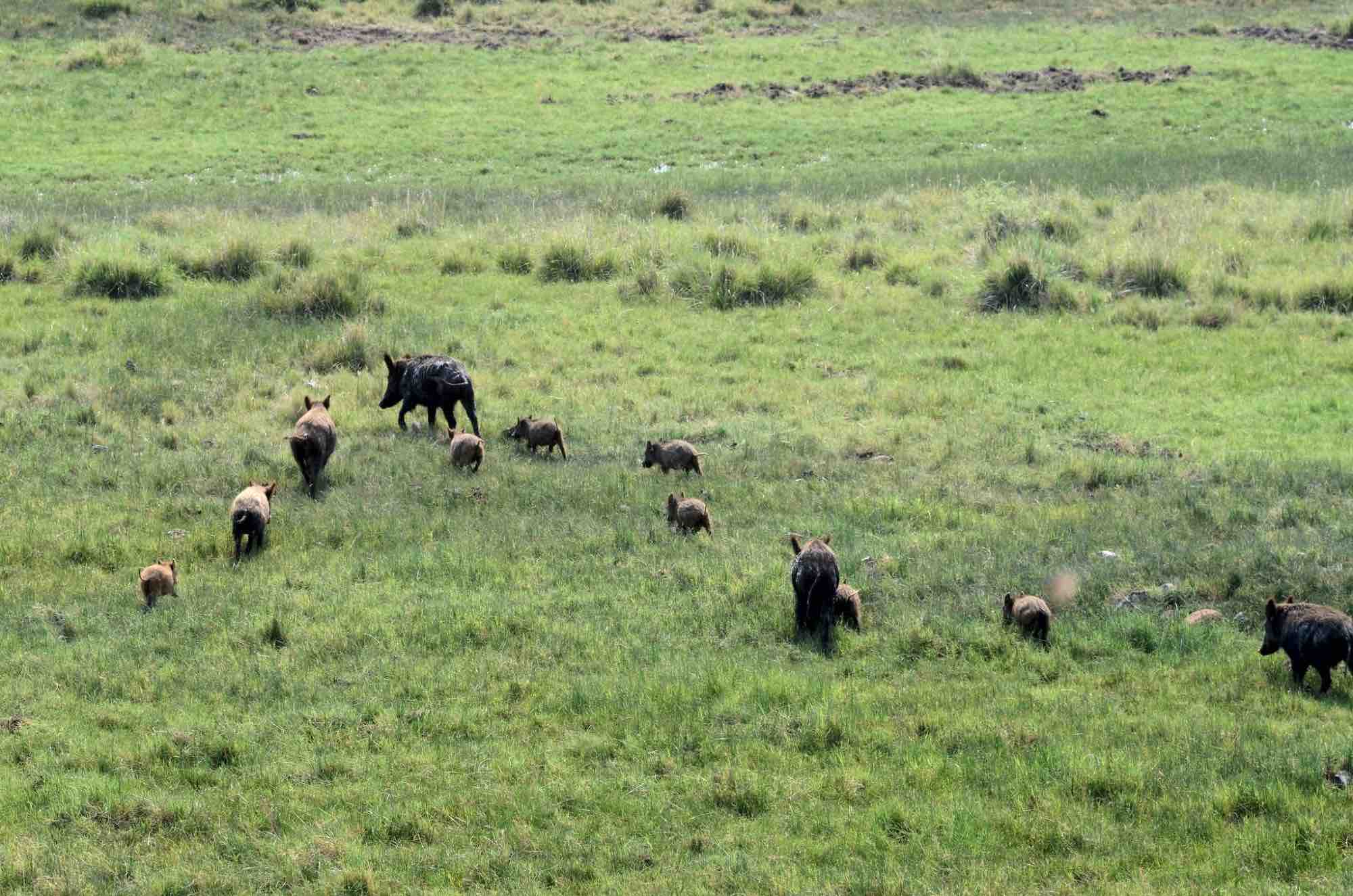
Despite these findings, the field will still explore the negative effects of invasive species. Several researchers pointed out that it’s often better to hedge when it comes to newly emerging non-native species and try to control them early. “There’s a lot that we don’t know,” Meyerson said. But we do know that some invasions have been incredibly harmful and expensive, and have caused many extinctions in the past, she said: her concern is “that we don’t disregard that — we work carefully, rationally, and reasonably and deal with what the data’s telling us.”
But just as recognizing potential positive impacts doesn’t cancel out negative ones, Vimercati said, the reverse is also true: Alien organisms’ interactions with native ecosystems can be extremely complex, and taking a more holistic view is vital for making careful management decisions. What if, for example, researchers seeking to remove alien species accidentally get rid of an organism that’s helping declining natives? In the Ogasawara islands of Japan, a 2010 study found that native land snails were hiding from invasive rats in groves of invasive trees. Where the trees were cut down, the snail populations declined.
Or consider the disturbed rainforests of Hawaii, Gleditsch said, where most native birds have long since been wiped out, and alien birds now act as the primary seed dispersers. “So if you remove the non-native birds,” he said, “there’s not going to be anything to disperse seeds, which is critical for forest stability and functioning.”
“This is where everything becomes complicated,” Vimercati said. “And that’s why we think we need this kind of scheme.”
UPDATE: A previous version of this story incorrectly located Aarhus University in Sweden. It is in Denmark.
Asher Elbein is a writer based in Austin, Texas. His work has appeared in The Oxford American, the Texas Observer, and The Bitter Southerner.










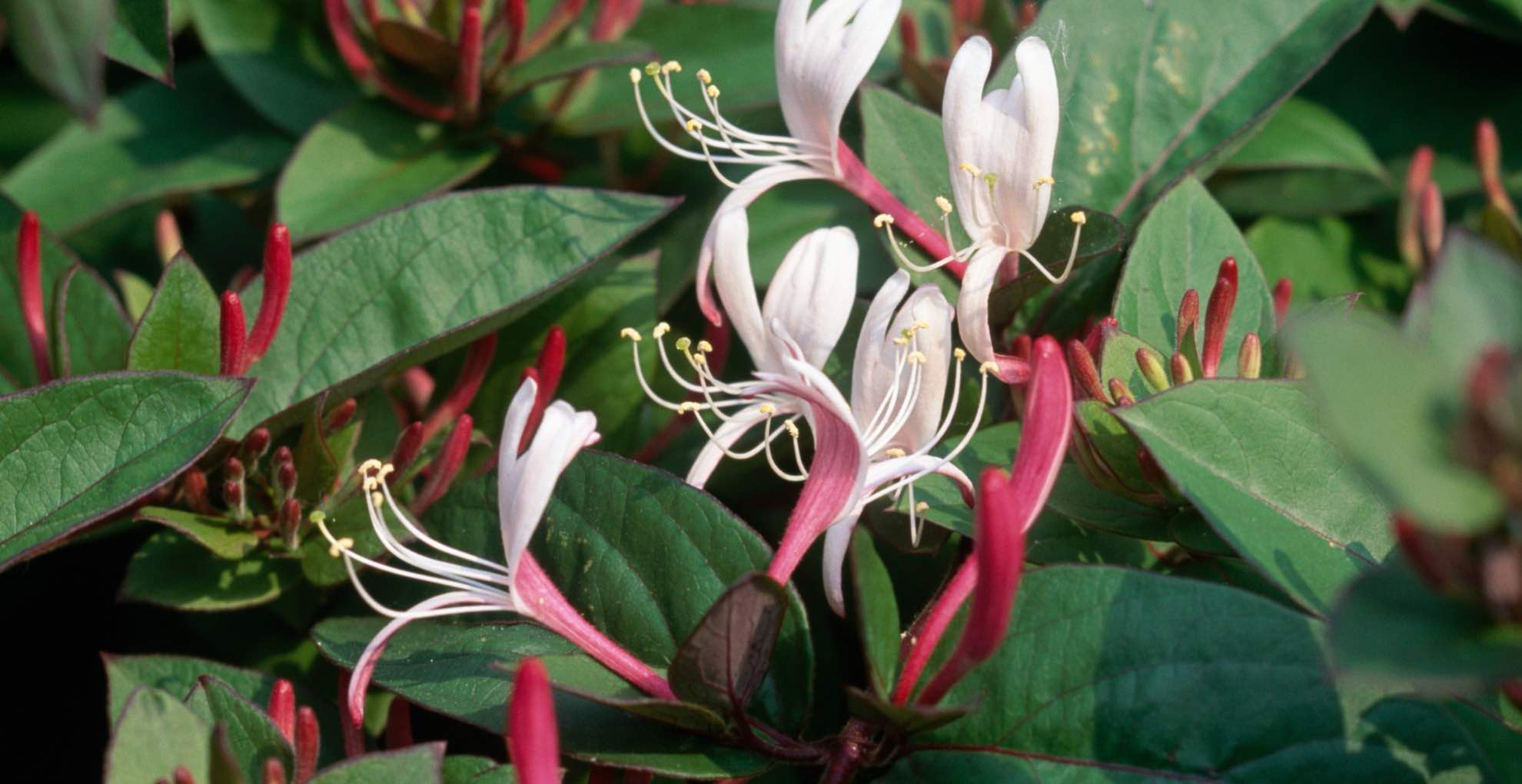
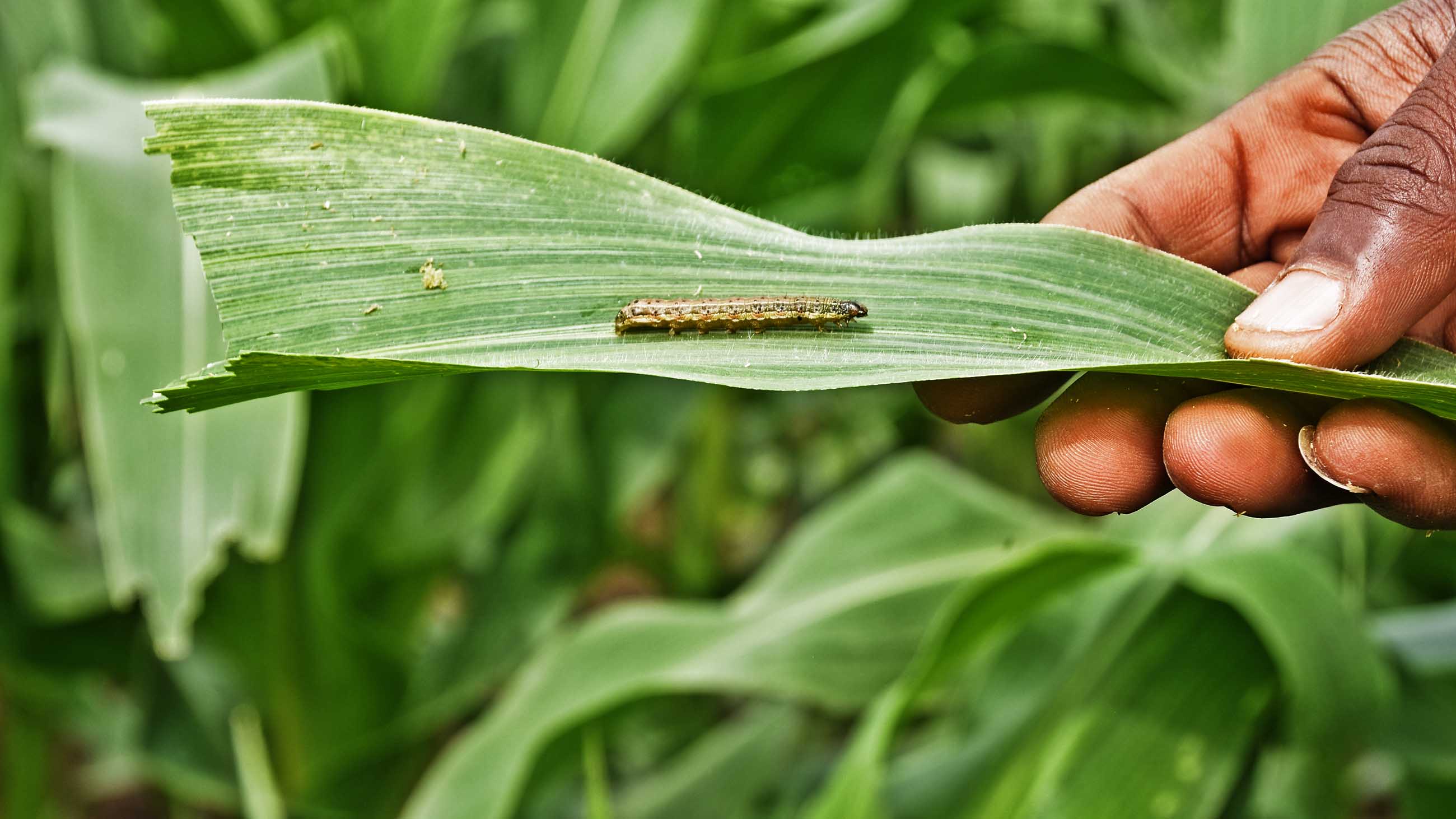
Comments are automatically closed one year after article publication. Archived comments are below.
Oh boy- they hit a nerve with this one…
Absolute garbage; this is precisely the anthropocentric thinking that got us in the mess we are in.
There is not one reference to the impact on specialist species interactions when invasive species take over an ecosystem. Not one mention of sink habitat populations that lead to decline and extinction when cut off from native plant corridors. Not one mention of over predation of native plant species by indigenous fauna that have lost habitat by either farm or development, compounded by a lack of food that no longer exists due to invasive plants.
The Robins and Catbirds are generalists and could survive anywhere. No discussion of habitat specialist bird species that are declining, such as some warbler, sparrow, and towhee, to name a few.
Novel ecosystems benefit no one now, and quite frankly, I know I won’t be here for the next 10,000 years to see them evolve.
There are hectares upon hectares of invasive species that have overrun native ecosystems. Our home landscapes must be a place of regeneration and conservation.
Invasion biology, which had recognizable precursors by the 1830s but didn’t begin pulling itself together until the mid 1980s, is a game of “question begging” in the strict philosophical sense: the premises you choose predetermine your findings. Invasion biology was always and only interested in demonstrating negatives. That was (and remains) its purpose. Among its necessary presumptions: Species are the sort of things that can and must belong in places; species have purposes and goals; species can succeed, and that their success is measured by numbers of individuals and territory occupied; species associated with certain kinds of humans and human activities are unnatural; and population growth can be tantamount to war-making. As soon as the concept “invasive species” is deployed, no positive finding is really foreseeable or allowable. Such prejudices run deep, and are inseparable from most ecological analysis. Assessing +/- outcomes isn’t a necessary aspect of the game, but doing so has become a primary motivator for studying ecology, and a primary boundary marker of acceptability in the profession.
Mulberry trees are considered invasive as are yellow jacket wasps. But they are both providing diversity and are now useful to our ecology where I live in Wisconsin. Emerald ash borer s however are not good now. I just hope our native ash trees can somehow be made resident to them.
Typo resistant to them.